Espresso machines and Moka pots have been a well-known and important symbol of Italian coffee culture for many decades, and for a good reason. They provide a strong and rich brew we call espresso. Nowadays, both are found and used in many households worldwide. So, how can you decide to make espresso using a machine or pot?
The first thing you need to know is how the two are different and what makes them alike. We are here to help! We gathered all the information you need about how these machines work, what kind of brew they provide, which one is easier to use/maintain, etc. Keep reading to find out.
IN THIS ARTICLE:
How Moka Pots & Espresso Machines Differ?
Even at a glance, these two appliances are very different. Now, let us take a bit closer look at the key traits both espresso machine and Moka pot share to clarify their difference:
Design
The main difference is that epresso machines are designed for countertop use and require electricity while Moka pots are made for stovetop. Machines take more space, and often come with additional elements such as a frother, coffee grinder, etc. The pots, on the other hand, are much smaller, portable, and feature a lighter design. This makes them very easy to store and carry on trips.
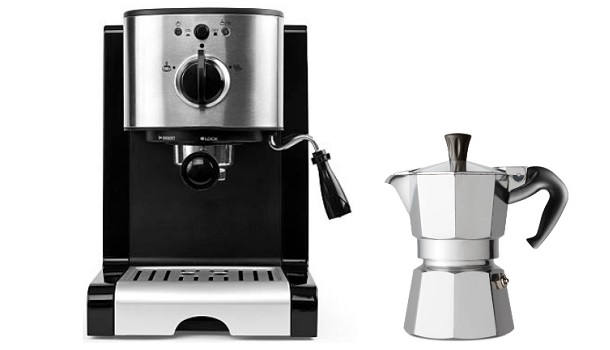

When it comes to espresso machines, you will not notice too much of a difference between stainless steel and a plastic machine. Of course, the steel one offers higher quality and will probably last longer, but you won’t notice any lack of quality in the day-to-day performance.
Now, with Moka pots, the design makes a huge difference. Stainless steel models are a much better option than aluminum ones because the aluminum models often corrode and suffer the consequences of everyday use.
How Easy Are They To Use?
Now, once you have some experience, both the espresso machine and Moka pot will seem pretty simple and easy to use. However, for a beginner, a Moka pot might be a bit simpler to master but an espresso machine is actually the same simple. Using a Moka pot, you only need to add ground coffee to the filter basket and water to the bottom and heat it on the stovetop. Espresso machines require tamping ground coffee in the portafilter, making the portafilter firm at the place, and pressing the right button.
How Much Time Does Brewing Process Take?
When it comes to the brewing process itself, espresso machines need only about 20 to 30 seconds (not counting the heat-up time) to pull an espresso shot. Moka pots need approximately 5 to 7 minutes depending on the size of the machine.
Cost
Moka pots are a much more affordable option. Even if you are looking for a top-quality brand, it will only set you back up to $100. On the other hand, espresso machines can cost you anywhere from $400 to more than $5000, depending on how many functions you want the machine to offer.
Flavor
“Espresso” brew from a Moka pot is quite bold and has an intense flavor. It is also well-balanced and rounded with some sweet notes. The espresso machine provides a much richer and more complex flavor profile and the texture of the brew is much thicker and creamier.
Caffeine
Espresso brewing in a Moka pot actually has more caffeine than one brewed in an espresso machine. A shot of Moka pot espresso contains about 106 mg of caffeine, whereas the espresso brewed in an espresso machine contains about 64 mg per shot. Note that a shot of Moka brew is 2 fluid ounces (60 g) whereas an espresso machine makes an espresso shot as a 1 fluid ounce (30 g) serving. This means that espresso has more caffeine per shot size whereas Moka pot brew has more caffeine per serving size.
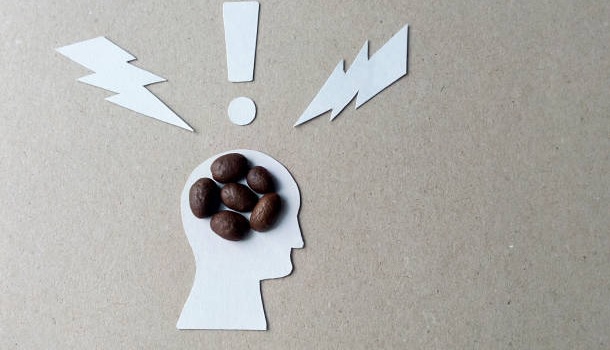

Grind Level
Although both items make espresso, the optimal grind size differs a bit. The espresso machine works the best with the finest coffee grind level while for the Moka pot, it’s best to use medium-ground coffee.
Durability
Espresso machines are complex appliances that come with electrical and (sometimes) plumbing components. We understand that this might sound a bit scary, but, once you get familiar with all the important parts of the machine, you will understand much better how it works. The truth is that the machines require a bit more maintenance. Moka pots, on the other hand, are much simpler brewers that are made either out of stainless steel or aluminum material. Although it is quite rare for them to malfunction, the repair comes at a much cheaper price.
Extraction Pressure
Espresso machines use highly pressurized water to pull an espresso shot whereas the Moka pots use pressurized steam to do the same. However, the difference in the pressure is quite large. The machines come with a pump system that creates from 9 to 19 bars of pressure whereas the Moka pots can only produce around 3 bars of pressure.
Maintenance Level
To clean a Moka pot you only need to use some lukewarm water and that is it. It is not recommended to use any soaps or clean them in a dishwasher as this can only damage them. Espresso machines are much more complex to clean, and frankly, you will probably be looking for a thorough cleaning guide during the first days. They also need to e serviced regularly to ensure that they last you a long time.
How Are They Alike?
Now that we have established all their differences, it is time we talk a bit about their similarities as well:
- both machines originate from Italy
- you can find basic models that are very easy to use (even espresso newbies will appreciate them)
- they use pressure to create delicious results (extraction/steam)
- provide a small but intense brew
- even though they differ in flavor, both brews can be used as a base for cappuccinos and lattes
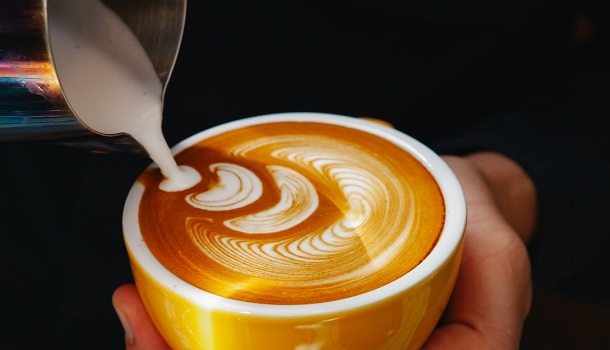

What Kind Of Coffee Do You Need For These Brewers?
Both the Moka pot and the espresso machine provide the best results using dark roast Arabica coffee beans. However, if you prefer medium and light roasts, you can give them a try too.
How To Use An Espresso Machine?
The espresso machine uses an extraction pressure to pull a perfect espresso shot. Whether you opt for a manual machine, a semi-automatic, or a super-automatic one, its main components are the:
- heating system – it heats the water for the brewing process
- pressure pump – creates the extraction pressure you need to pull espresso
- grouphead – it controls the water flow as it passes through the coffee puck
- portafilter – it holds your coffee grounds
How To Use A Moka Pot?
Moka pot can also be referred to as a macchinetta, caffettiera, or stovetop espresso maker. While you might find it to be a bit complicated, especially if you are new to brewing espresso, a Moka pot provides a very simple performance:
- it consists of only 3 parts including the bottom water chamber, a filter basket for coffee, and the top chamber that holds the brewed coffee.
- once the pot is put over a direct heat source the water in the bottom chamber begins to boil and creates the pressurized steam inside the chamber
- finally, the steam travels up through the coffee grounds inside the filter and into the top chamber where a small “chimney” dispenses the brew
Should You Tamp Coffee In A Moka Pot?
Although an espresso machine does require you to tamp coffee (and you need to do this properly), you should never tamp coffee in a Moka pot. It simply does not use high enough pressure. Once you fill-up the filter basket simply level the grounds with your fingers or a spoon and that is it.
Do Moka Pots Need Filters?
Moka pots come with fitted metal filters that filter out some of the coffee sediment. As such, they do not require the use of any additional paper or steel filters.
Moka Pots, Percolators, And Neapolitan Coffee Makers – Are These 3 The Same?
No, they are not. Only Moka pots can make an espresso-like brew. Percolators are made for stovetop use but they use gravity to brew coffee and not pressure. The same is the case with the Neapolitan coffee makers – just like percolators they make coffee, and there is no “extraction pressure” in the process
FAQ: Moka Pots & Espresso Machines
Now that we identified their differences, here are the answers to the most frequently asked questions on the subject:
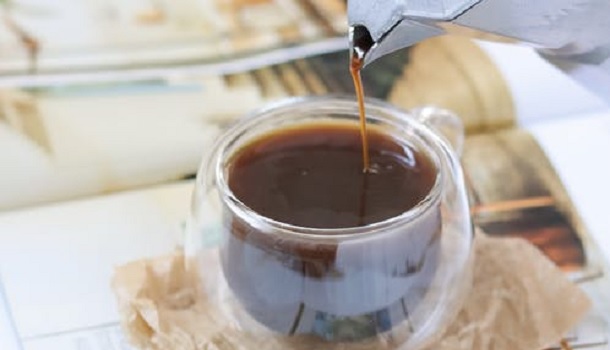

Can You Use Moka Coffee Grind In An Espresso Machine?
Well, you can try. An espresso machine requires a fine espresso-grind size to provide the best results (not super-fine). A Moka pot works a bit with slightly coarser coffee grounds. Now, if you add your Moka ground to the espresso machine you will be able to brew espresso, it just might have a bit less intense (watery) flavor.
Can You Use Espresso Coffee Grind In A Moka Pot?
Now, this we do not recommend. While espresso machines can brew espresso using different coarseness levels (not without consequence) if you put too fine coffee grounds in a Moka pot you might clog it. As a result, your coffee will burn and you won’t get the brew you wanted.
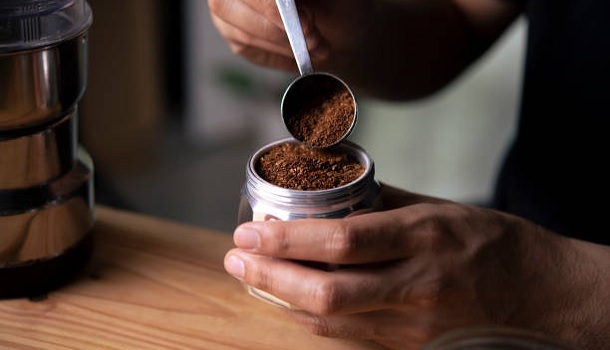

How Many Shots Of Espresso Does A Moka Pot Make?
This depends on the size of the pot you choose. Generally, you can find Moka pots with a capacity of 3, 6, 9, and 12 cups. It is important that you know that you should always brew a full Moka pot if you want to achieve the best brewing results.
Can You Half-Fill A Moka Pot?
You can, but, you should not. As we said, Moka pots are made to brew at their full capacity. You can add less water and half-fill the coffee filter basket, but, you will not get the same brewing results. The water needs to be filled up to the safety valve for the pressure to build up properly, and the filter basket needs to be full to ensure that your brew has enough flavor.
Can You Drink A Whole Moka Pot?
Again, this depends on its size. The FDA recommends that you do not have any more than 6 shots of espresso per day. This is because too much caffeine can make you jittery and cause certain problems such as anxiety and panic attacks. Now, the 7th shot will not kill you, but keep in mind that we all have different caffeine-sensitivity levels. Even 4 shots may be too much if you have a sensitive stomach.
Can You Make A Latte Using A Moka Pot/Espresso Machine?
You can make the base, an espresso shot, for a latte using a Moka pot. However, for the milk part, you will need to use another kitchen tool. A French press can come in handy as the plunger can make quite nice milk froth. If you do not have one, you can even use a Mason jar. Simply heat the milk, pour it into a Mason jar, and shake it well. Even a manual frothing wand can come in handy.
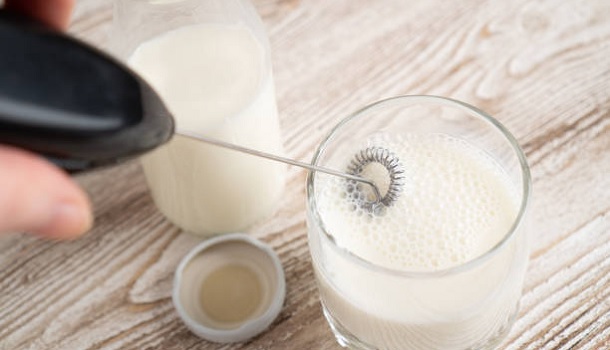

In case you have an espresso machine, you probably also have a steam wand or a frothing system. This provides optimal results for lattes, cappuccinos, etc.
What About An Americano?
You can make an Americano using both a Moka pot and an espresso machine. If using the former method, simply make your brew, pour some of it into your coffee cup, and add hot water to it. With the machine, you might even have a pre-programmed setting. In case you do not, simply extend the shot timing. Instead of the usual 20 to 30 seconds, a machine needs to pull a shot, let the water flow for additional 10 seconds and that is it.
Is Moka Pot A Better Option Than A French Press?
This depends on what you are looking for. If you want to get as close to espresso as possible without buying a machine, yes, a Moka pot is a much better option. French press is made for those that find espresso to be too strong and drip coffee to be too bland.
Are Moka Pots Dishwasher Safe?
Some models do come with a dishwasher-safe tag. However, they are so easy to clean that you should avoid the dishwasher. It can only damage the pot over time and cause it to rust, corrode, lose its shine, etc. Cleaning it inside a dishwasher can even have an impact on the flavor of the brew it provides – your coffee will taste metallic.
To Wrap It Up
Moka pots are inexpensive, simple, and easy to use. Depending on the size of the pot you choose, they can produce from 3 to 12 servings at once. They are also very easy to clean and require little maintenance. Now, their only downside is that they do not provide authentic espresso. Espresso machines, on the other hand, are somewhat more complex and you will need some practice to get the hang of their performance. They provide the most authentic results and can make a barista-style beverage in no time when you know how to use them.

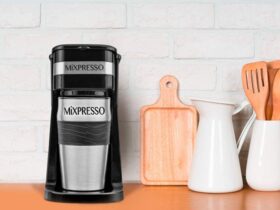
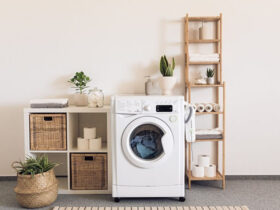

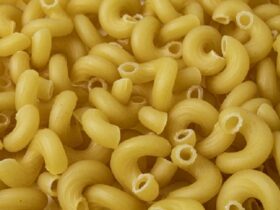
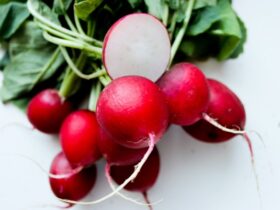
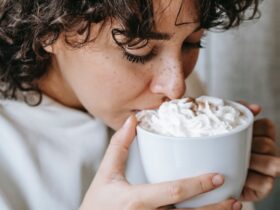
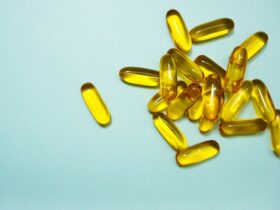
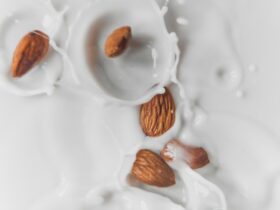
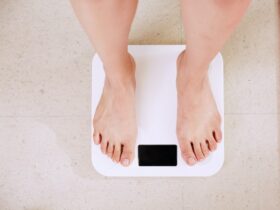


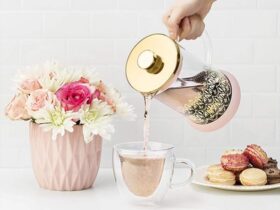
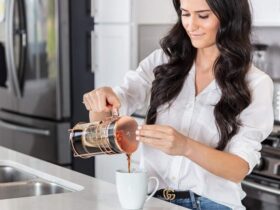

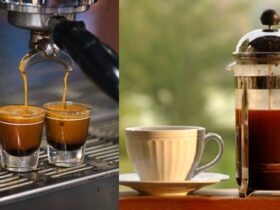




Leave a Reply